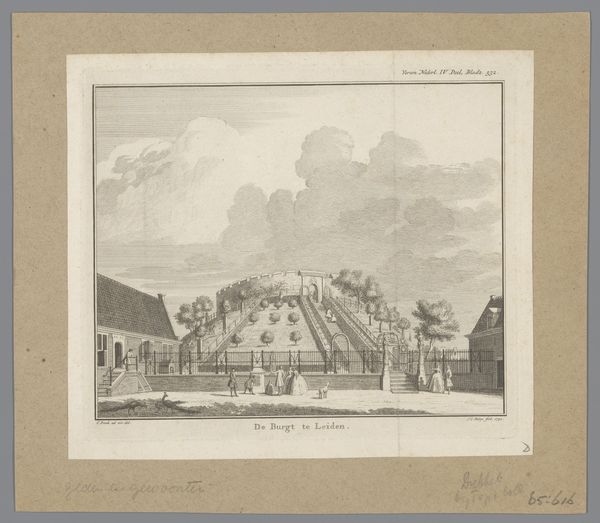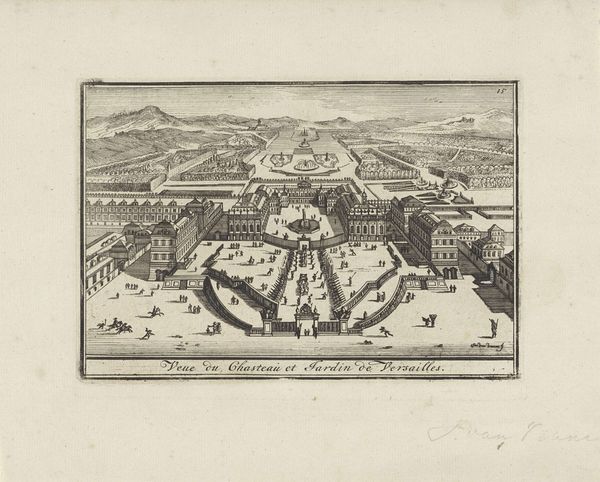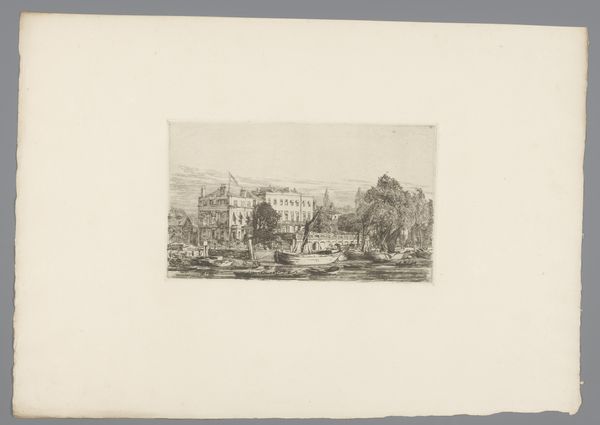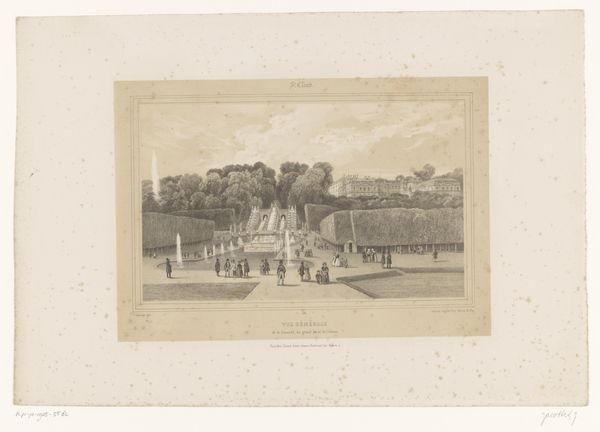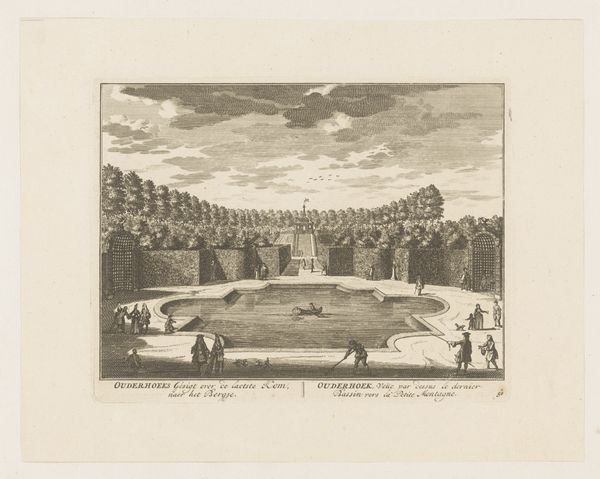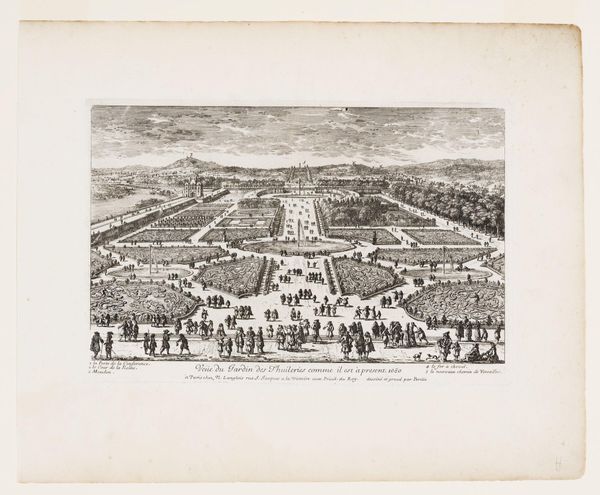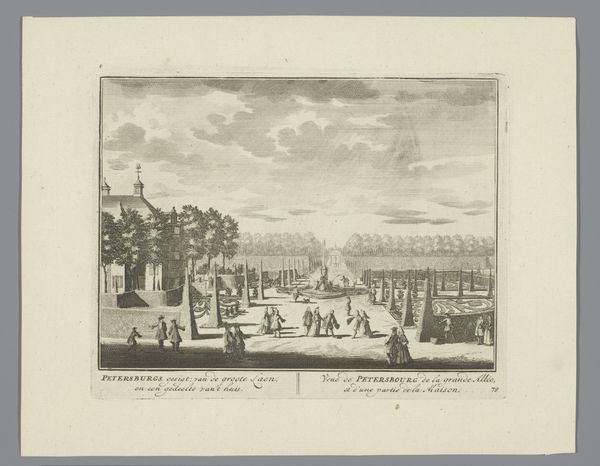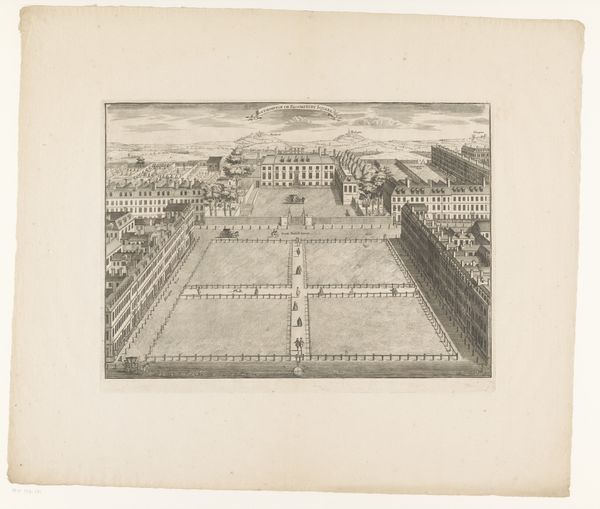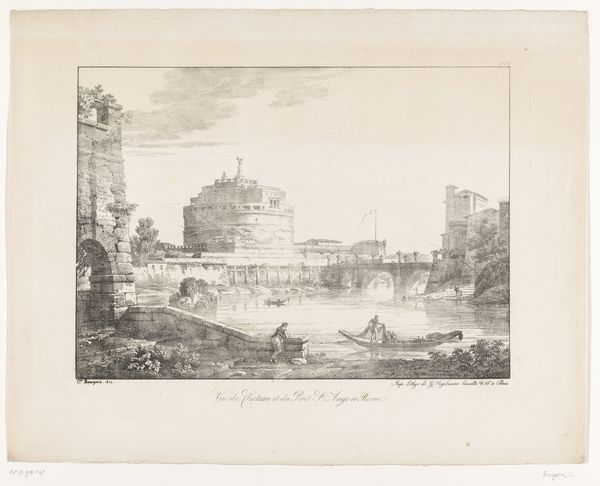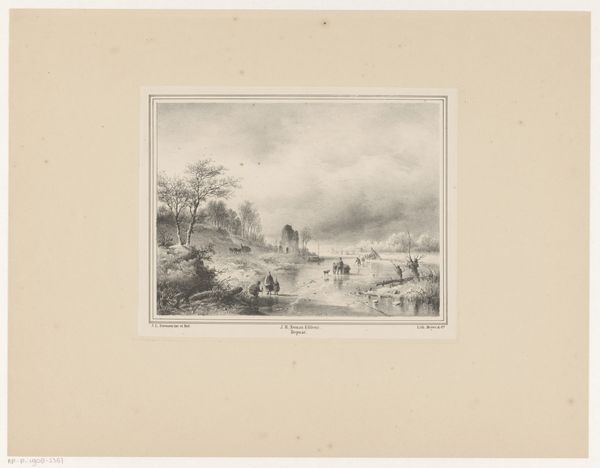
print, engraving
#
neoclacissism
# print
#
landscape
#
cityscape
#
history-painting
#
engraving
Dimensions: height 183 mm, width 229 mm
Copyright: Rijks Museum: Open Domain
Editor: This engraving, "Drie voorstellingen uit Basedow's Elementarwerk," was created in 1774 by Peter Haas. It depicts three different scenes, almost like panels in a comic. There's a landscape with a mountainous area and some sort of camp, a ceremony taking place, and a sporting event. It all seems rather… ordered and precise, quite neoclassical. What do you see in this piece, particularly regarding its function within 18th-century society? Curator: It's crucial to understand that these images aren't just decorative; they were intended to educate. Basedow’s "Elementarwerk" was a progressive educational book for children, advocating a new approach to learning. Looking at the three scenes, can you see a common thread that might tie them together educationally or philosophically? Editor: Hmm… Maybe it’s about showing different facets of life: labor, religion, and sport? Is it meant to present a broad picture of human activity for educational purposes? Curator: Precisely. And within the context of the Enlightenment, it's worth thinking about how images like this participated in shaping a young person's understanding of civic virtues and societal roles. What’s presented and omitted reveals much about 18th-century European ideology and how this work intends to shape those principles. Editor: I never would have thought of it as being a tool of social engineering! Now I see these engravings not just as nice historical scenes, but as active agents in shaping minds. Curator: Exactly. Art often functions as a form of public pedagogy, even in the 18th century, subtly transmitting values and beliefs. It challenges our modern perspectives and teaches the power of images in influencing social values.
Comments
No comments
Be the first to comment and join the conversation on the ultimate creative platform.
